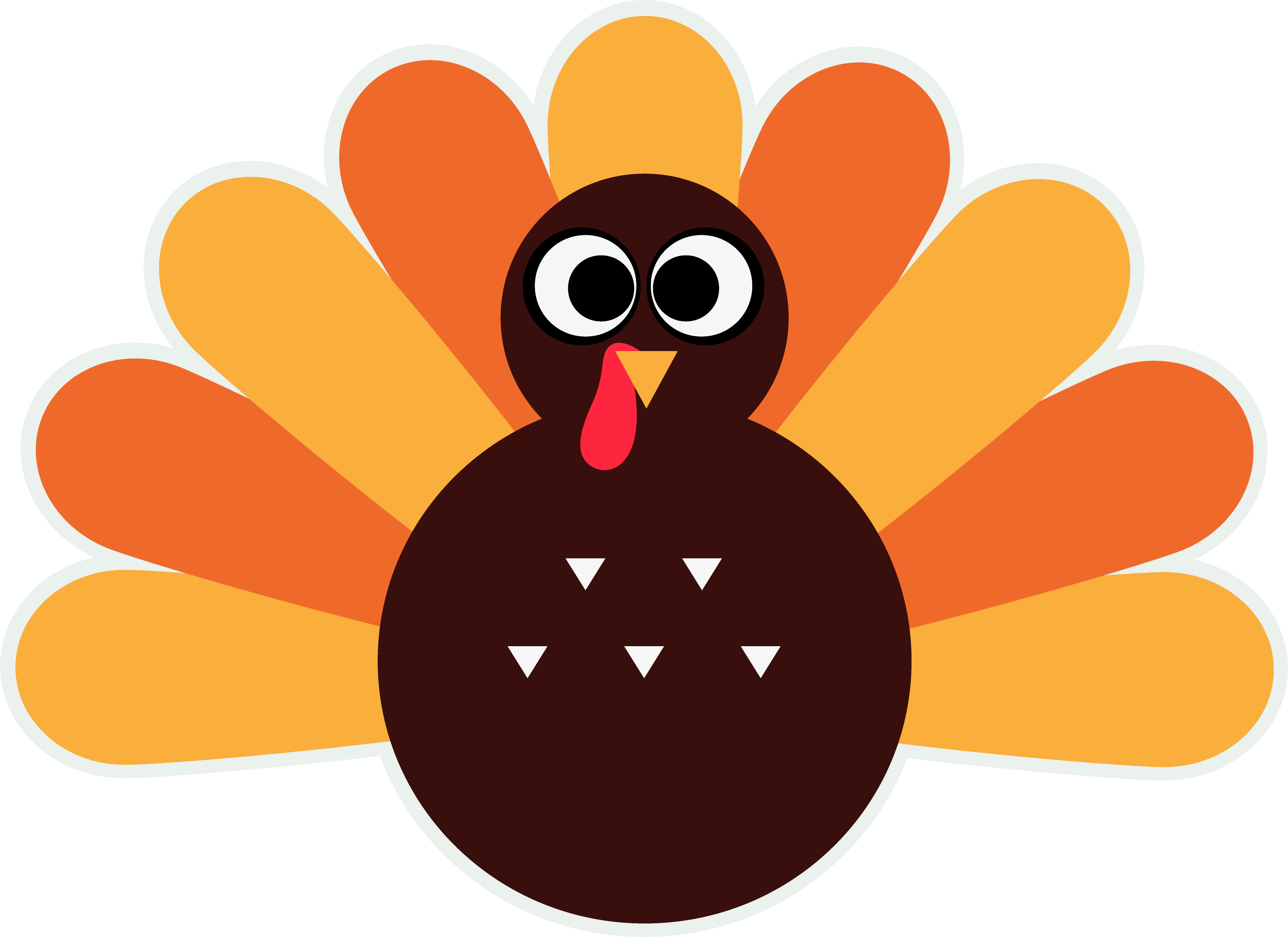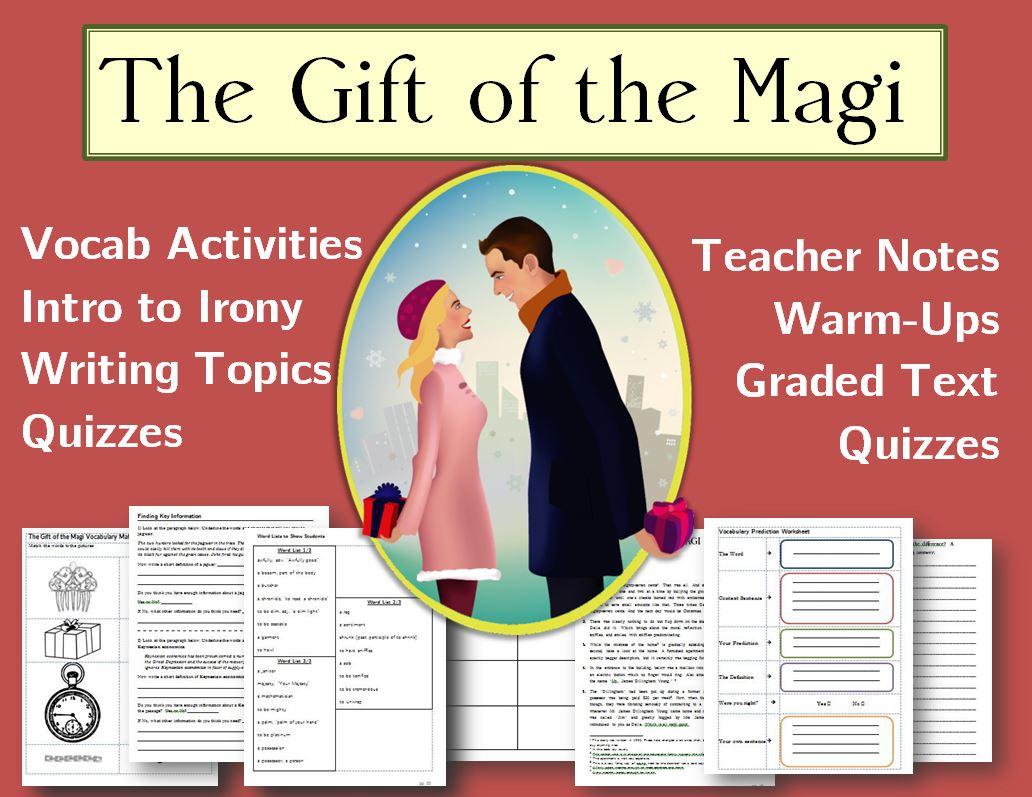This 100+ page “Gift of the Magi” lesson and activity plan packet has taken me years to compile! I’m pretty proud of it! “The Gift of the Magi” by O. Henry is without a doubt […]

Thanksgiving Activities for ESL students
Thanksgiving Activities for ESL students are always a fun way to teach American culture. But Thanksgiving lessons also raise timeless themes such as gratitude, types of food, and how we celebrate holidays in general. Plus, […]

Halloween Activities for English Class
Halloween is one of my favorite holidays. And it’s a great holiday to share with students. Some say it’s too scary or macabre to do Halloween activities in English class. But you can always find […]

Resources for Distance Learning
We know we aren’t the first and we probably won’t be the last people you hear from to talk about our resources for distance learning (or that work well teaching online). But we assume if […]

Activities for Thanksgiving
There are a lot of reasons to teach about Thanksgiving and do some activities for Thanksgiving in the classroom. First, Thanksgiving is a major American holiday* and students living in the US should know about […]
New Holiday Activity
I am having way too much fun uploading worksheets out of 60 Positive Activities for Kids on to our Teachers Pay Teachers Store (Click on Build Positivity to find all the worksheets!) One of the […]

